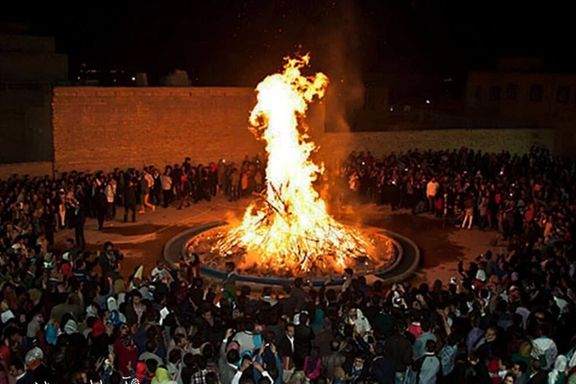In recent years, Iran’s Zoroastrian community has been leaving in greater numbers, with the United States becoming the primary destination.
The latest census in 2016 indicated nearly 20,000 Zoroastrians, despite legal restrictions, strive to keep the tradition of the “sacred fire” alive in their homeland.
The tradition faces new challenges in the United States. Maintaining an eternal flame is no easy task. A shortage of mobads or Zoroastrian clerics, combined with the high cost of building fire temples, has led many to settle for small, gas-lit flames.
“We only light the fire during hours when we’re present at the center. There’s no other choice. We adapt to time and place,” said mobad Ashkan Bastani, grandson of Iran’s last High Mobad, who has lived in Orange County for over 20 years.
Iran’s Zoroastrian community, a small minority, faces profound challenges after migration, not only the loss of homeland but also of roots and rituals.
Migration was not our choice
Following the 1979 revolution in Iran, the confiscation of Zoroastrian-owned property and businesses, along with the imposition of Islamic laws governing all aspects of public life, triggered a wave of migration.
“My grandfather would look over his shoulder every few steps in Yazd. He was afraid of shadows,” recalled one Zoroastrian. “At age ten, he accidentally stepped onto a Muslim neighbor’s farmland and was punished by having his feet tied to stocks.”
Later in his 40s, he was attacked from behind at a pistachio market because, according to some Muslims, the presence of a gabr (a pejorative term for Zoroastrians) would bring bad luck to the bazaar.
Since the Islamic Republic’s founding, officially declaring one’s religion became mandatory, not just in the census but for routine processes like banking, school enrollment, insurance and job applications.
The consequences of this requirement have gone far beyond statistics; a single answer could either open doors or close them entirely, curbing the ambitions of minorities.






